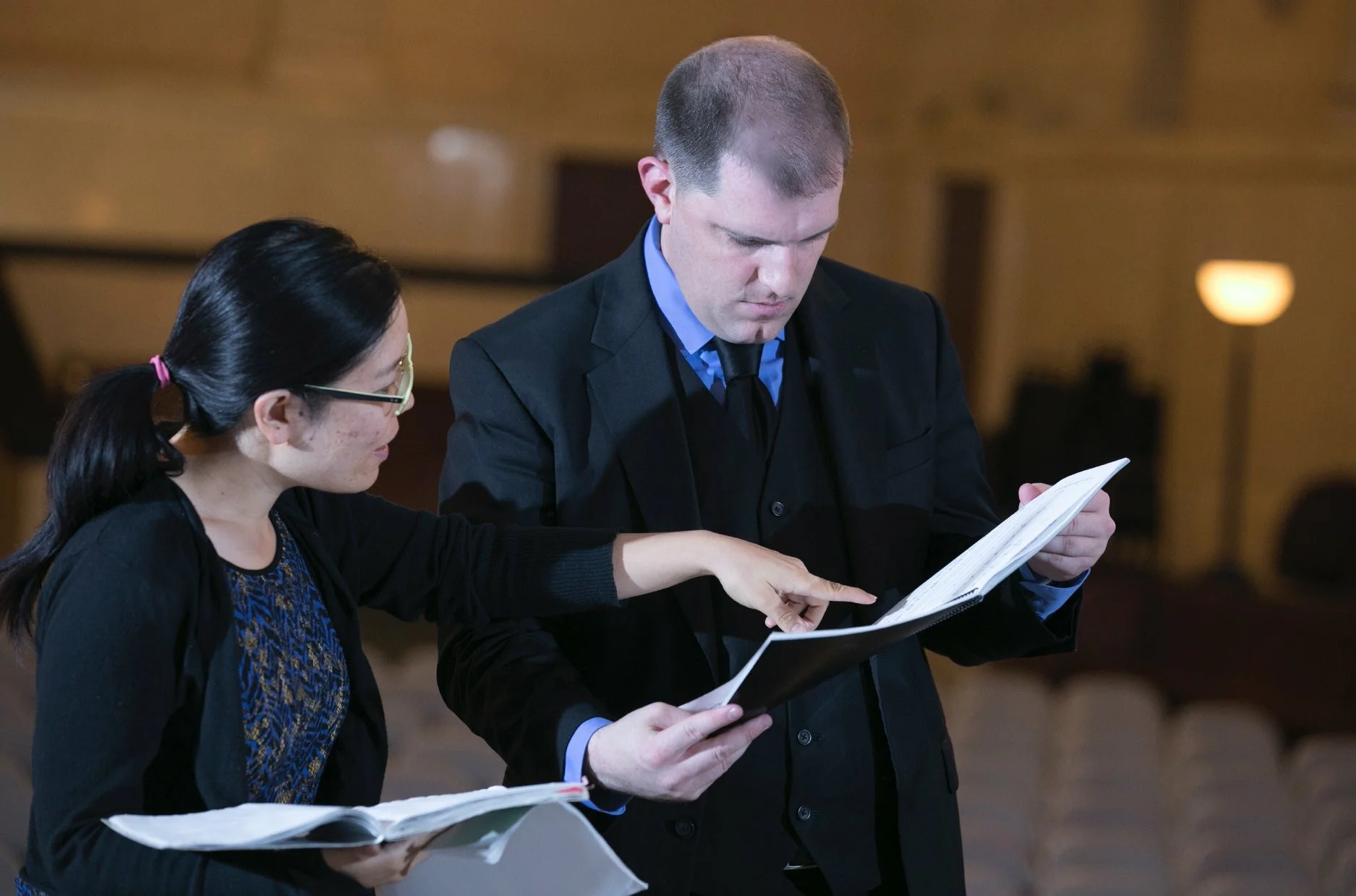ALBUM: …Now, for the first time, we are releasing a full-length album exclusively featuring emerging composers. More represents the best of Symphony Number One: three stimulating new works for chamber orchestra by a slate of three of the next generation's most promising voices, all lovingly prepared and performed in Baltimore.
I recently began contributing to Baltimore Magazine. Here's my first piece:
Wendel Patrick, “Let’s Ride”
The holidays get me thinking about sleigh rides, which, while they weren’t the inspiration for this track, still make me think of “Let’s Ride.” The vintage keyboard sounds alongside spicy drumbeats and clean electric guitars make this a perfect fit for our off-the-beaten-path sleigh ride. When you’re finished, check out some of Patrick’s other projects and collaborations, like the Baltimore Boom Bap Society and Bond St. District.
In the summer of 2016, I sat down with Jon Lim to discuss the most controversial word in the English language: failure.
In May of 2015 I lead Symphony Number One in our debut concert in Baltimore. Here's an audio essay I posted ahead of our launch:
We think we can better serve the composers we feature by focusing on just one emerging composer at a time rather than lumping all of them together onto one concert. Even trained musicians can get overwhelmed by a multitude of new compositional voices presented on one concert; how can we expect our audience to do any better? When this happens, your memories start to get flattened and you tend to only remember features like special effects, strange instruments, or other novelties, rather than to deeper musical layers.
After the death of my high school mentor, I wrote a thank you note to a number of influential mentors:
I could keep this up for hours, but I think you get the message. You are some of the most wonderful musicians and humans I have had the pleasure to know and I am just a representative for all of us whom you have touched as teacher, student, mentor, colleague, and friend. You are remarkable musicians and people, all of you, and I owe every bit of whatever small bit of success I've had to you. And if my message doesn't communicate a little bit about the power of band, this video about Gary says it all.
Here are a few early notes from my thinking on the topic of performance design:
Performance Design: An interdiscipline which examines and prescribes the tools and methods for designing a performance. Includes those tools under the traditional rubric of “interpretation” (examining manuscripts, historical studies, structural analysis) but also includes music perception fields (music cognition, information theory and neuroscience), programming, venue selection, and marketing.
Interpretation is a commonly understood term among musicians, a term denoting the “stylistic representation of a creative work,” (Stevenson 2010).[1] However, interpretation is often wrongly believed to be a self-consistent and complete toolset for preparing the score for performance. Rather than merely augment the accepted definition of interpretation, I argue that a new term must be used to represent the superset of tools valuable to the performer, of which the traditional methods of interpretation are a subset. I argue for the use of the term Performance Design (PD) to indicate the totality of means and methods by which live concert performances are planned and prepared. Included in these means are tools from Neuroscience, Information Theory, and other audience-centric disciplines.








